
Scuba Diving in Utah: Diving Elevated
Soon after a successful week of company conferences in Salt Lake City, it was time to concentration on something fun. What to do in the shadow of the Wasatch Mountains? Scuba diving, of class!
Inside of driving length of the town are two appealing dive places. For divers on the lookout for a one of a kind adventure, or for those in Utah just seeking to get wet, these places provide an straightforward repair.
In advance of donning the dive gear, nevertheless, we headed west on I-80 toward the Bonneville Salt Flats. Any visitor to this location should just take the time to see this marvel of character. Stretching about 30,000 acres, this thick crust of salty soil is so properly flat that guests imagine they can see the curvature of the Earth. It is barren, absolutely devoid of daily life, and is residence to the famed Bonneville Speedway, in which racers have set and broken land pace information for a long time.
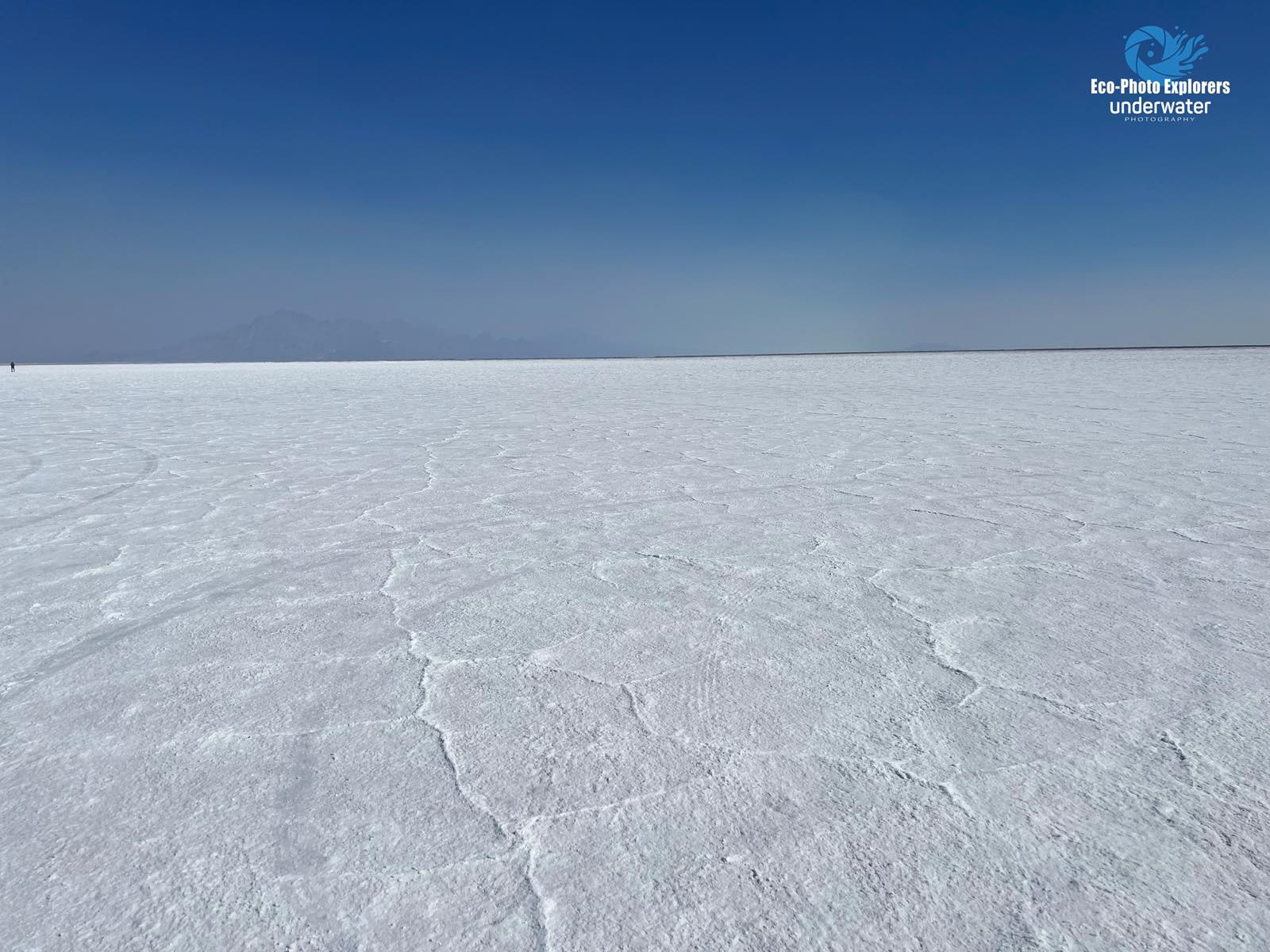
The Bonneville Salt Flats stretch as considerably as the eye can see
Terms & Pics by Michael Salvarezza & Christopher P. Weaver
The Salt Flats were shaped when an historic lake dried up. The lake, now referred to as Lake Bonneville, was substantial, filling considerably of the Terrific Basin in Utah. About 15,000 many years in the past, Lake Bonneville was the sizing of Lake Michigan and lined one-3rd of Utah and areas of neighboring states.
As time went on, the lake commenced to recede and sooner or later shrank beneath its outlet and as a final result the h2o turned salty. As the drinking water continued to evaporate, salt deposits were being left in lots of places. The Good Salt Lake is a remnant of Lake Bonneville. These days, all that remains are the salt flats, which seem like an expanse of snow and ice until you get shut and know that snow angels are not definitely doable!
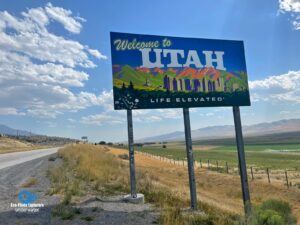
Should the indicator say “Diving Elevated”?
On the way back again to the metropolis, we took the exit in direction of Grantsville and arrived at the Bonneville Sea Foundation.
The Bonneville Sea Base is household to a normal spring that rises up by means of the historical remnants of Lake Bonneville and reaches the surface as salt water. In reality, the salinity of the spring is equivalent to that of sea h2o, which allows the existence of ocean fish in this inland site.
But how do the ocean fish get in this article? Nicely, in an encouraged go, the proprietors of the Bonneville Sea Base perform with close by universities and investigation amenities to take their fish after they have been analyzed and relocate them to the sea foundation. Otherwise, these fish would be euthanized. Over the yrs, the fish have reproduced and local populations are now resident. Divers can uncover butterfly fish, mullet, black drum, jacks, snappers, grunts, colleges of pinfish, tunicates and a great deal a lot more.

The entrance to the dive website at Bonneville Sea Base
The Bonneville Sea Foundation consists of four different dive websites: White Rocks Bay, Habitat Bay, The Trench and the Abyss.
We dove the Abyss first, as it is the deepest part of the facility. Reaching depths of 62 ft, divers will have to know that the total spot is at an altitude of 4293 ft. This indicates that the greatest depth is altitude altered to 84 toes. Dive profiles will have to be calculated appropriately.
The Abyss is truly just a circular, barrel formed gap in the ground and it is greatest used for divers wanting to exercise techniques.
After a surface area interval and a snack, we explored the Habitat Bay and White Rocks Bay area. Here, we did see some of the resident fish and even arrived across a smaller sunken boat in about 20 toes of h2o. The visibility was not good, but the water temperatures have been in the heat mid-70s and the encounter of diving an inland spring loaded with tropical fish was fairly exclusive.
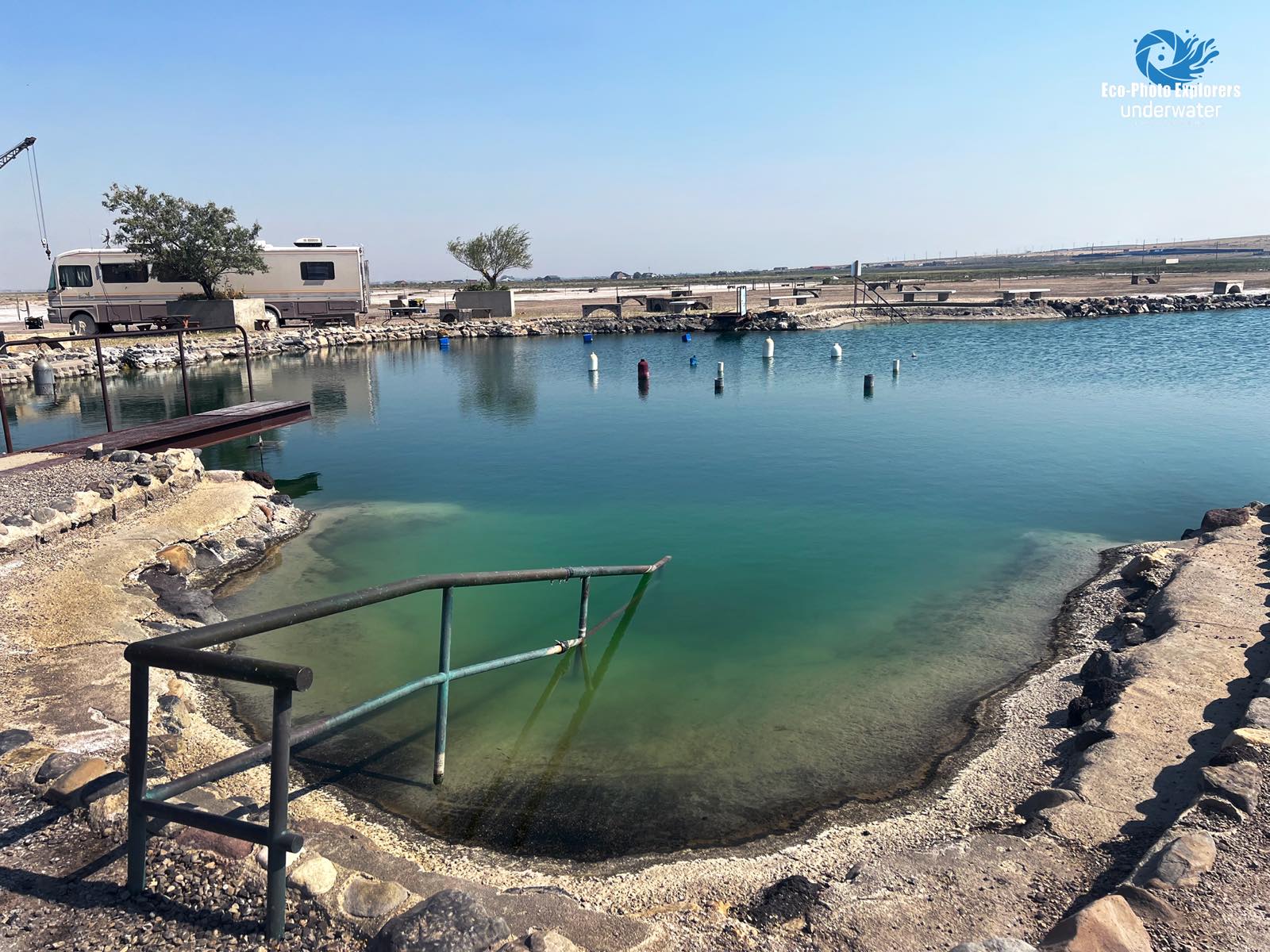
The Bonneville Sea Base dive web page entry stage
The Bonneville Sea Base is about 40 miles west of Salt Lake Metropolis and is truly worth a try.
Our upcoming journey took us to the smaller town of Midway, found about 28 miles southeast of Salt Lake Metropolis and located on the opposite aspect of the Wasatch Mountains. We came here to dive the Homestead Crater.
As melting snow uncovered its way deep into the earth on this spot about 10,000 a long time in the past, it percolated upward after staying heated by forces in the Earth’s interior. Climbing to the surface, the heat h2o gathered minerals and the end result was a limestone mound that is now known as the Homestead Crater. It carries on to be a geothermal warm spring to this working day, with drinking water temperatures keeping constant at 90-96 levels at all occasions.
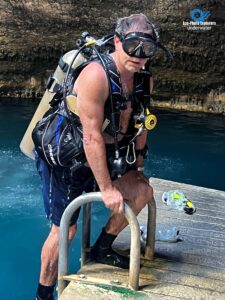
No wetsuit needed in the Homestead Crater!
At the Homestead Crater, the limestone dome is open at the top, dozens of toes earlier mentioned the water level, allowing cooler air to enter the chamber. Divers enter via a little walkway that has been reduce into the facet of the dome and can simply equipment up on a floating platform that has been set up in the crater.
With water temperatures as high as they are, a wetsuit is not required. In simple fact, the water is just about uncomfortably warm just after a though! We descended together the rocky walls of the chamber to the base, reaching a depth of about 65 feet. There is not substantially to see, but the practical experience is undoubtedly a just one of a type. The workers have set up a handful of playful structures and surprises at the bottom to entertain divers, but for us the most appealing aspect was locating the resource of the very hot h2o. Right on the bottom, we uncovered a roiling mud pot which was spewing extremely hot drinking water into the chamber.
The Homestead Crater is at an elevation of 6000 toes so this, much too, is an altitude dive. Divers will have to estimate the dives correctly and adhere to safe altitude diving techniques. A person significant thought is the ascent price. Divers accustomed to soaring at about 60 feet per moment ought to reduce that in 50 percent. Simply because of the modify in stress due to the altitude, there is a larger threat of decompression illness and a slower ascent fee is important.
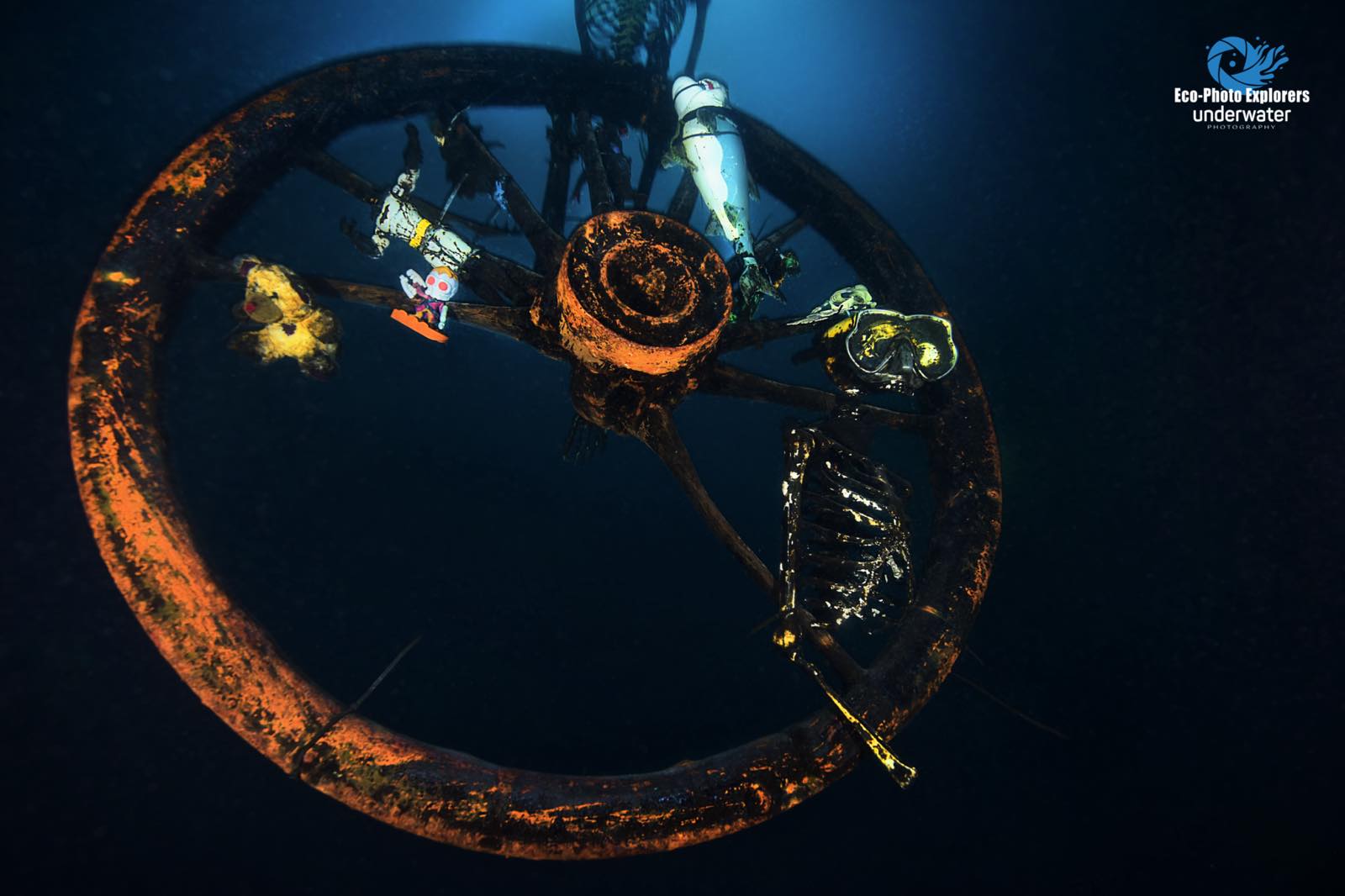
A wagon wheel, adorned with collectible figurines, at 40 feet in the Homestead Crater
Both of those the Bonneville Sea Foundation and the Homestead Crater present divers a great way to dive the inside of Utah. The welcome signs along the highways as you cross into the point out use the motto “Utah: Daily life Elevated” but maybe they need to say “Utah: Dive Elevated”!
Words & Images by Michael Salvarezza & Christopher P. Weaver